Investigating the tales of lost caves in Peapack, New Jersey, our first visit was to Town Hall in mid-2006, and the township administrator. They provided two articles she had on file regarding the Peapack Caverns, which became the foundation of our initial research.
There’s very little information about these caves, as they’ve been sealed for almost half a century. This piece offers a historical perspective for those who want to know what “used to be” and provides a reference for further research.
Peapack, New Jersey
Peapack is situated within a small belt of the Kittatinny Limestone, approximately 7 miles long and less than 1 mile wide. This unique geological feature is bounded to the west by the Martinsburg and Brunswick Shales, and to the east by a thin belt of sandstone and the Byram gneiss. So the limestone was an important commodity that made Peapack an important business destination. But it was the caves that started a phenomenon.
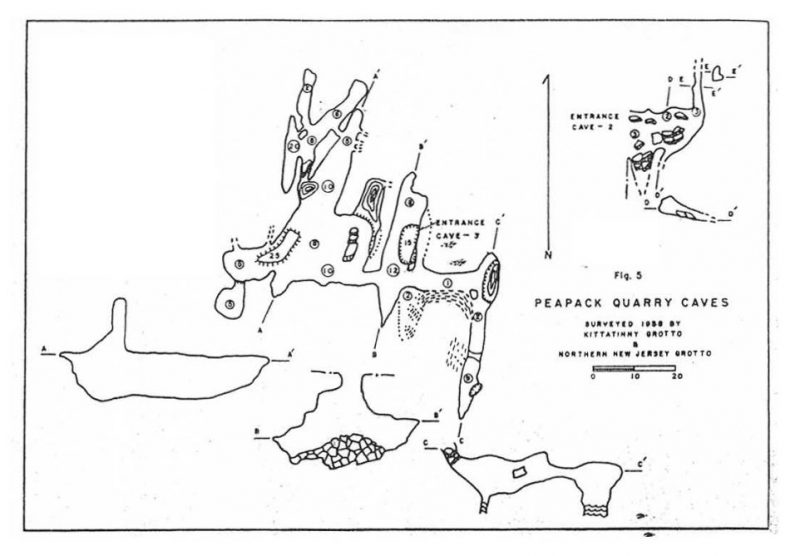
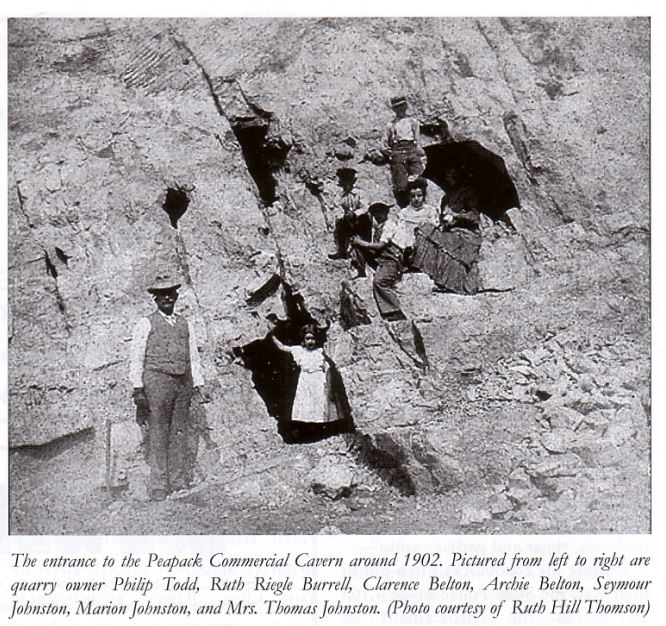
The Peapack limestone caves are part of the region’s geological landscape. These caves are primarily found throughout Somerset County, where limestone formations led to the natural development of cave systems. Limestone is susceptible to dissolution by water over time, creating caves and underground passages.
The Perry-Todd Limestone Quarry in Peapack, New Jersey, had been operational as early as 1794. Local farmers would burn limestone to make lime. Dr. Edwin Perry enlarged the quarry in the 1800s. Sometime after 1899, the quarry changed hands to the Phillip Todd family, who ran it through the 1950s, excavating upwards of 150 tons of limestone per day, which was used to manufacture concrete mortar.
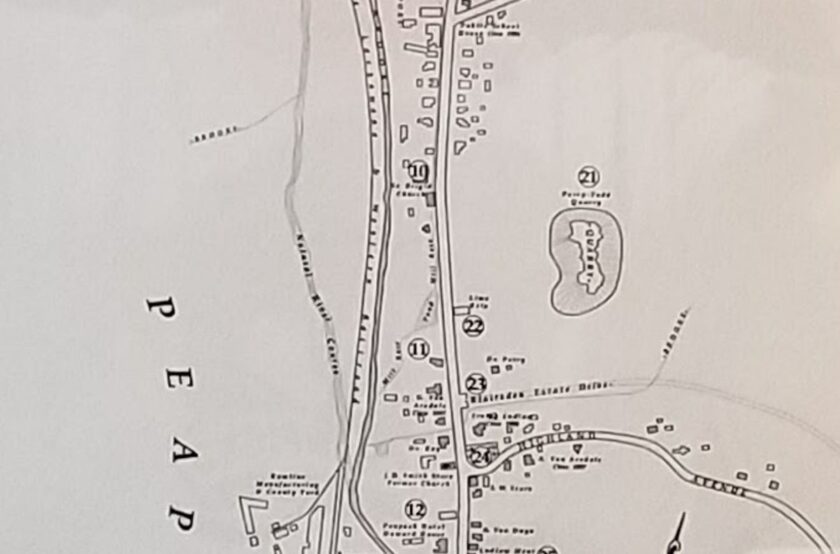
Cave explorers are commonly known as cavers. They engage in recreational cave exploration, venturing into wild cave systems. The term “caving” refers to this activity. At the same time, “spelunking” (used in the United States and Canada) and “potholing” (used in the United Kingdom and Ireland) are other regional names for the same pursuit.
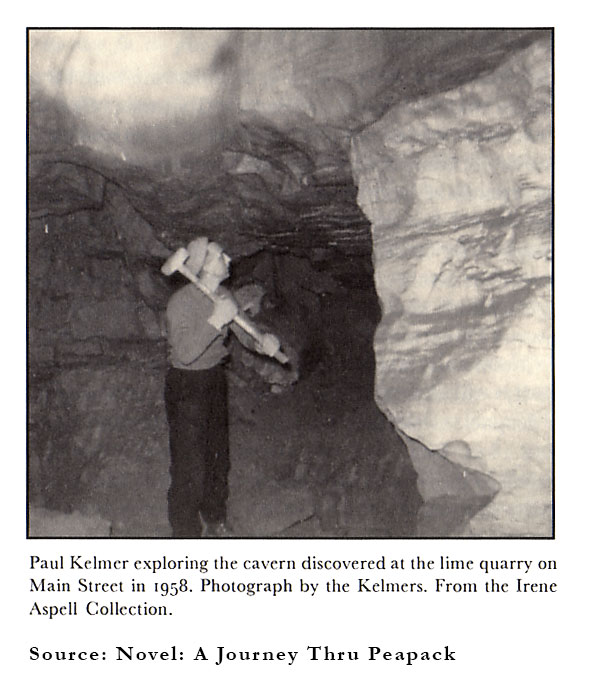
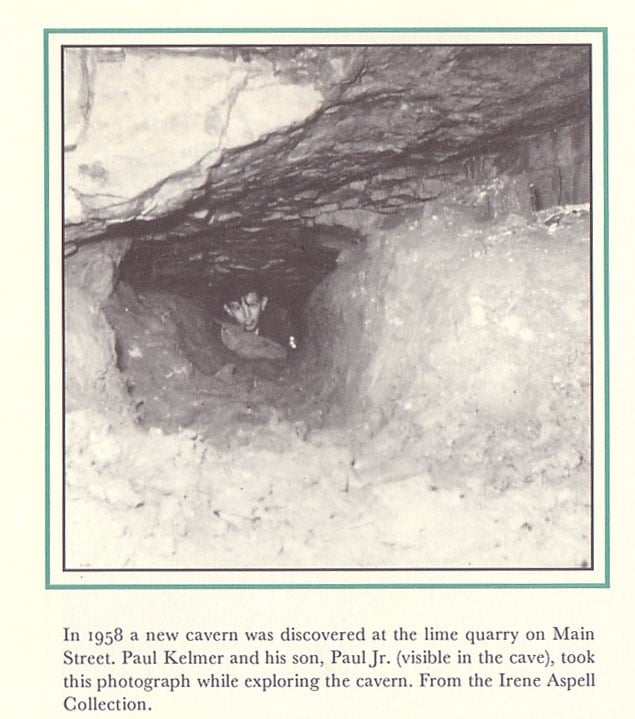
400 Foot Caverns
During our research, we found a great story that was written in 2003. Noted once as a shelter for the Lene-Lenape tribe would hide from the dangerous Mohawk tribe that would often raid the region. Take a look.
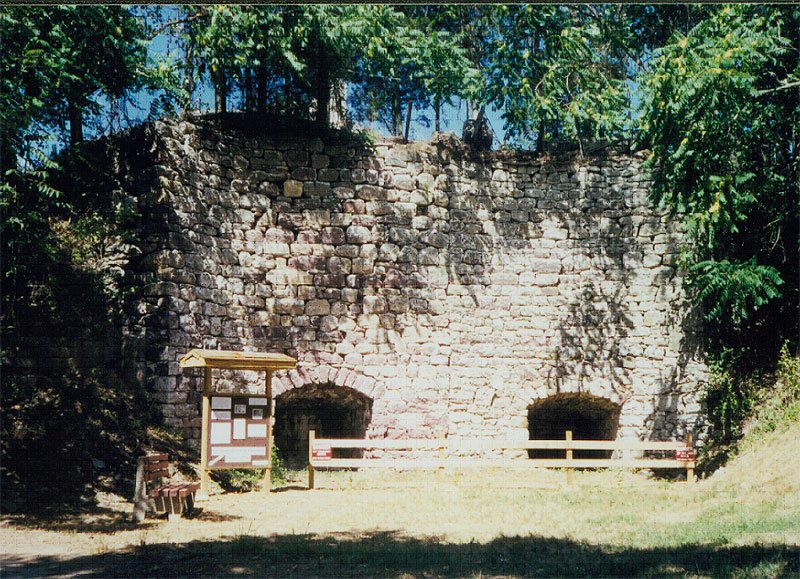
The Peapack Lime Kilns were constructed around 1860, and they remained in operation until approximately 1934. Initially owned by Moses Craig, they were later passed down to his descendants. These kilns played a crucial role in revolutionizing and reviving northern New Jersey’s agriculture during the 19th century by producing burnt lime. The kilns themselves feature an egg-cup-shaped burning chamber constructed of brick, with an air inlet at the base (known as the “eye”).
The kiln started slowly but increased its production to a high volume by 1835. The original quarry was behind the double kiln but additional quarries sprung up in the area. As a result, “the whole town is underlined with caves.”
John Charles Smith, Local Historian
Mining produced caves, and one near the Main Street kilns became a major tourist attraction in the early 1900s. The quarry behind the kiln was started by Edwin Perry, who later sold it to Philip Todd, according to Smith. The borough’s 1961 master plan said that by 1881, Peapack was “a busy center” with six perpetual lime kilns and nine small kilns that annually produced 200,000 bushels of “unslaked,” or finely powdered lime.
You can visit the Peapack Lime Kiln historic site along Main Street in Peapack, New Jersey. The history board explains what lime kilns did, how they are structured, and what limestone is used for.
Story Reveals Peapack Super Cave
Oddly, in 1958, right under the Peapack Limestone Quarry, where excavation had gone on for years, Vice President James Ferrante announced the finding of what is recognized as Peapack’s super cave.
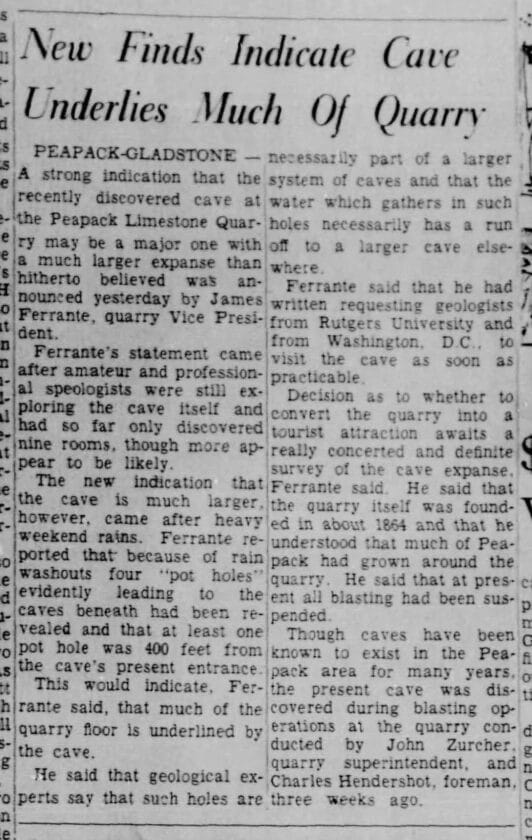
2003 Black River Journal Magazine Article by Ross Eckler from Morristown, New Jersey.
Original Post: Nov. 1, 2006
Updated: Jul. 23, 2024

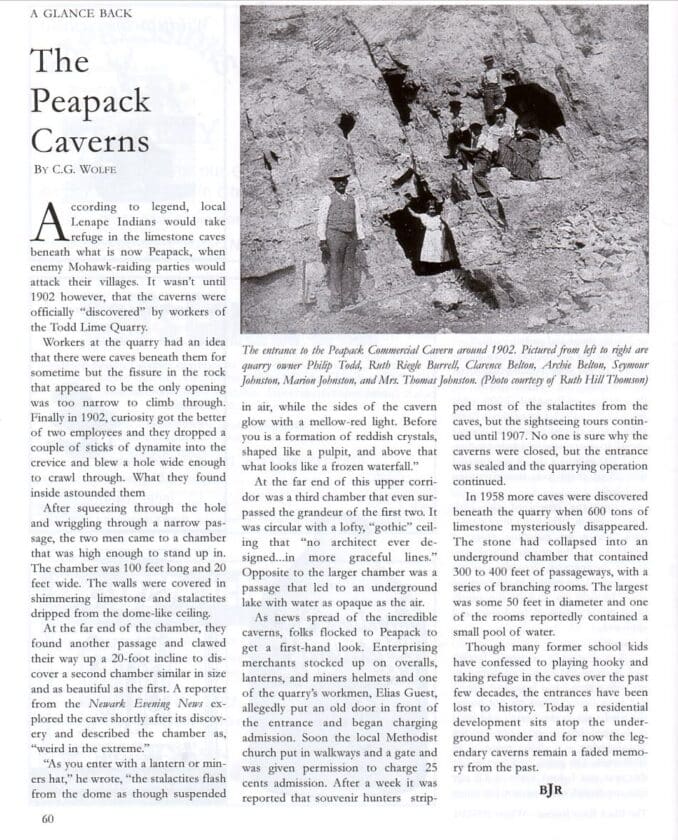


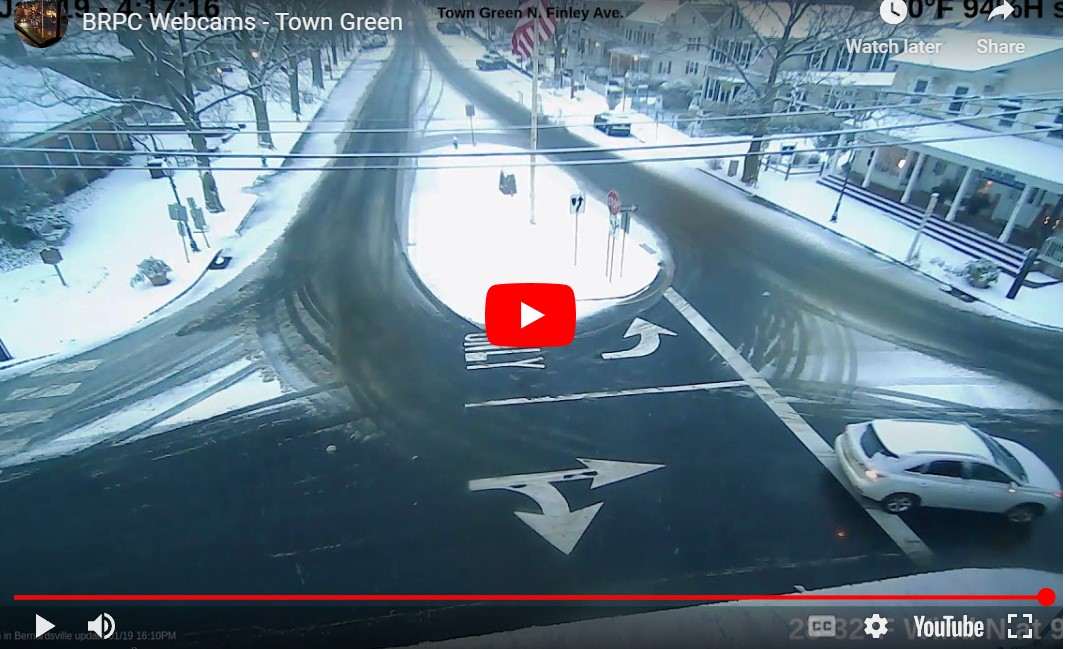

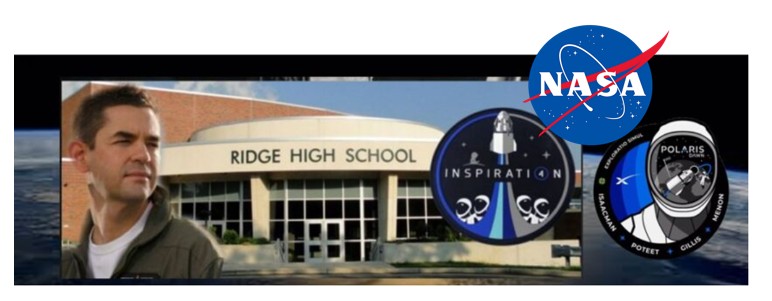



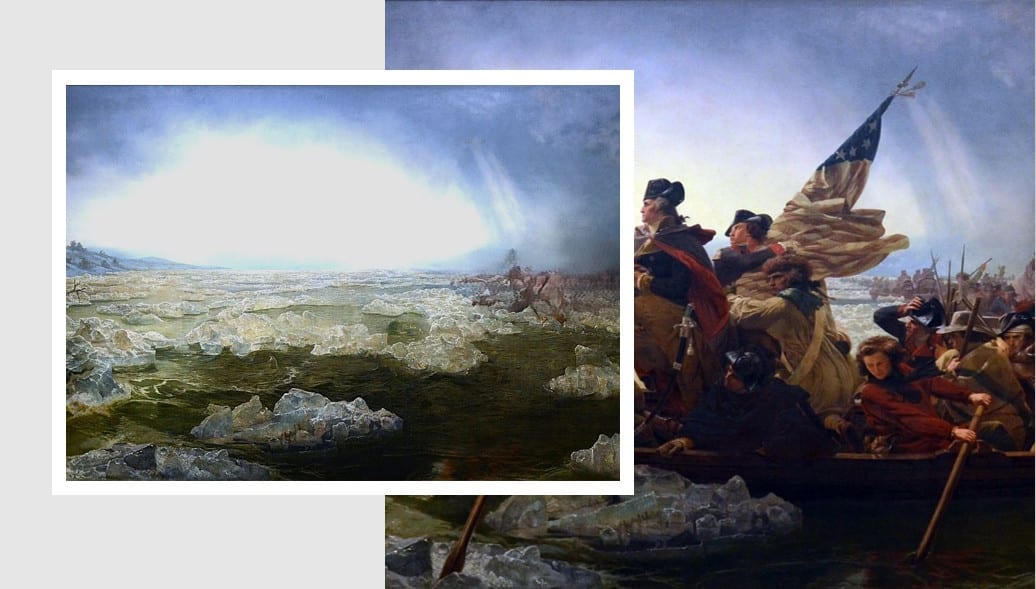

Anyone remember the Peapack Hotel?